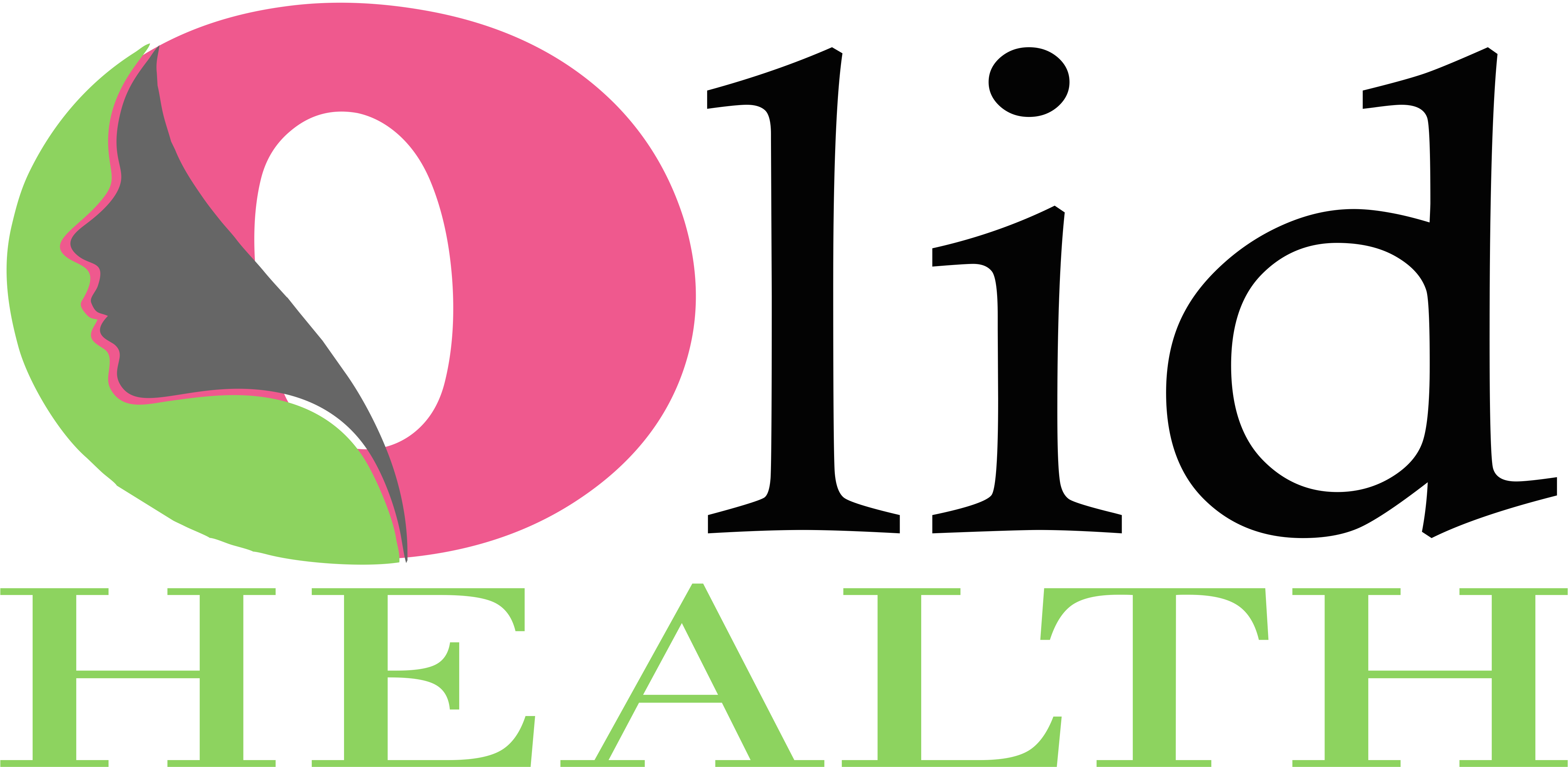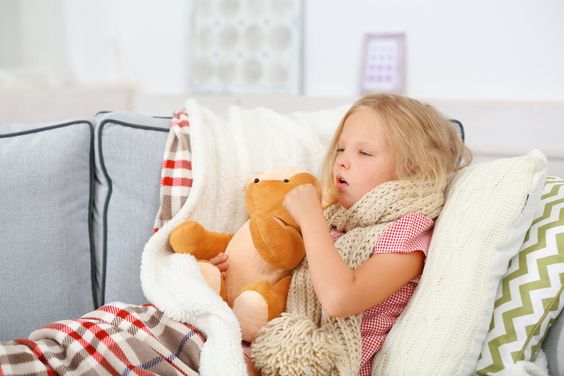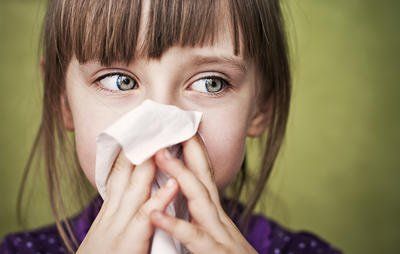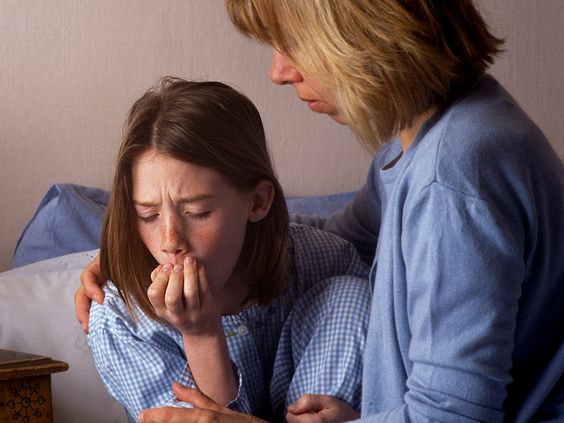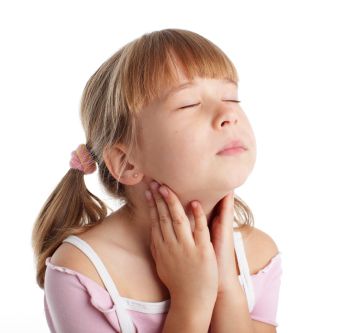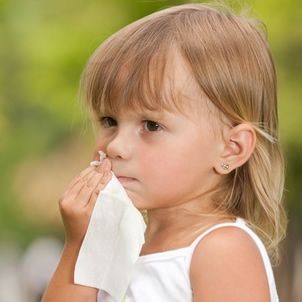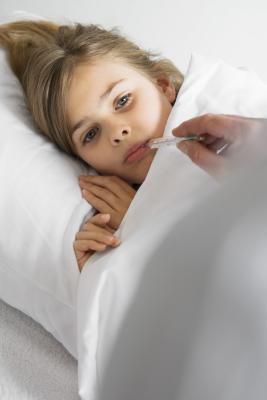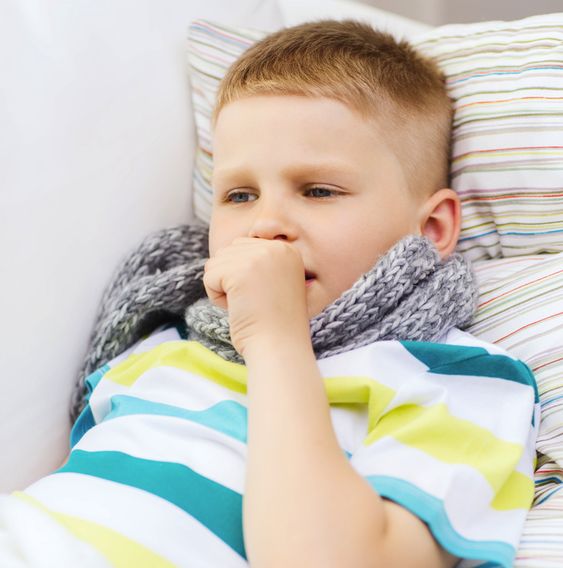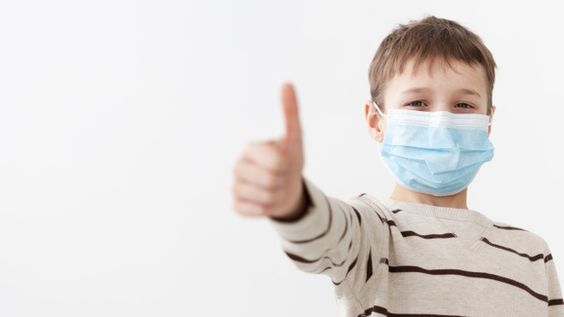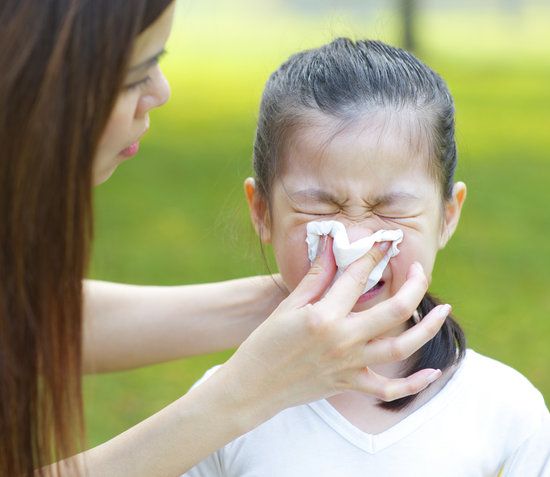Olidhealth.com – Generally, cough in children is caused by bacteria, viruses, or even fungi in small cases that agitate the lung. Moreover, Coughing is a natural reaction to flush the malicious substances out of the body. Sometimes, it is normal to cough occasionally that used to check lung function. However, It would become serious if your child has a cough that lasts long followed by other symptoms like a runny nose or fever.
The first mistake for parents to treat a child’s cough is making false assumptions about the type of cough. The parent should know how to differ the symptom by the sound of your child’s cough that could indicate what you should do to treat them. Moreover, these signs are also useful to your pediatricians if the symptom gets worse and needs extra treatment. There are types of cough and signs that may help early diagnose cough in children.
Wheezing Cough
If your child makes a whistling coughing sound followed by cold symptoms, they may have bronchiolitis. This disease is caused by virus infections like Respiratory Syncytial Virus (RSV) and inflamed bronchioles (the smallest tube in the lung) [1]. It also clogged the airway causes reduce oxygen to the air sacs and make your child have short breath.
Although it like a serious disease, but is common to occur winter season. In some cases, well rest and getting proper meals is enough to cure this disease without medication. However, if the symptom gets worsens like shortness breathing, the child may need extra attention to get some medication, fluid, and oxygen. Check your pediatrician if this symptom appears and worsens over time.
Croup Cough
This typical cough has a barking cough sound because it causes inflamed in the trachea and the larynx. For your information, the larynx is an organ that is important to make sound or can be called a voice box. This cough commonly occurs in children about 6 to 36 months.
The cause of this disease is viruses such as RSV and Parainfluenza virus. Moreover, it also makes stridor sounds (a high-pitched whistling sound) since children have narrow air passageways and inflamed lining can obstruct the airway [2].
This disease usually wears off naturally by inhaling fresh cool air in the morning. However, it can be dangerous if the stridor sound gets worsen and hard to breathe. Take your child immediately to the near hospital if they are caught from it and get first aid to relieve their breath since it can clog the airway.
Whooping Cough
If the child with this cough has a whooping sound while inhaling, we can presume that your child has a whooping cough. Another sign is uncontrollable coughing more than 10 times in one breath. The cause is bacteria called Bordetella pertussis which leads to a disease known as pertussis [3]. Why it have sounded like that? The whooping sound is caused by serious inflammation in the lining of the respiratory tract that narrows the airflow or even clogs it.
This cough is dangerous for infants with 6 months or younger since the respiratory system in the infant has not fully developed to counter this infection. It would make them hard to get enough oxygen and in serious cases, this infection can block the airway and stop their breath. An infant with this condition needs fast treatment in the hospital.
Dry Cough
This type of cough has a distinctive characteristic like a hacking sound and usually doesn’t have phlegm and mucus. It can be hurt and lead to chest pain. The child may tell you that there is a tickling sensation in their throat and forces them to cough.
These symptoms are common in dry cough and they can be cured shortly. There also are many causes of this cough and hard to confirm it in early observation. However, you should be cautious if it gets worse and other symptoms came on such as fever and cold. Dry cough can change to wet cough which means the cough may lift up.
Early treatment of this cough can use a saline drop or spray that could relieve the dryness in the nasal and induce mucus to be released. These items are generally found in apothecary and be sure to follow the instruction.
Wet Cough
The high production of mucus and the cough have a ‘mucousy’ sound are the sigh of wet cough. This cough is commonly along with cold symptoms. Moreover, this disease also can appear after a dry cough happen. Other symptoms such as a runny nose also come with this cough. Generally, this cough has many causes such as bacteria and viruses infection.
Although it is highly contagious, this cough typically occurs in children and toddlers. In fact, it can be cured naturally. Home remedies can help faster the healing of this cough. The pediatrician may suggest taking a saline drop to reduce wet cough symptoms.
Nighttime Cough
In the winter season especially at nighttime, your child gets the cough furiously. The sound itself is like a dry cough. Based on these signs, it possibly occurs caused by asthma. For some people, this condition forces them to cough. Moreover, mucus can narrow the nasal passageway and make them hard to breathe. Cold conditions, allergy reactions, or polluted air can trigger this cough.
Asthma sometimes is difficult to predict in children less than 5 years. There is no special medicine to treat this disease and rely on family history to prevent the trigger. For emergency situations, you can buy an inhaler to ease asthma symptoms. The inhaler can be used as first aid if they are hard to breathe after coughing. If your child getting this cough and have severe asthma along with it, you can take your child to pediatrics to cure it.
Hoarse Cough With Fever
This cough has many followed symptoms that have more problems than the cough itself if your child gets this type of cough. The symptom such as high body temperature (fever), hoarse cough (dry or wet cough can occur), aches in muscle (makes them tiredness and weaken), headache, and sometimes have a runny nose.
According to this condition, your children are likely to have flu disease. In general, the influenza virus causes this infection and it can last for at least 2 weeks. The virus itself can come into a child’s body and have no symptoms for several days since it has a relatively long incubation period. So, it can be contagious to other people.
Early treatment to counter this infection is to give them ibuprofen or paracetamol (to children older than 6 months) and be sure to check the recommended dosage for a child in its label. Moreover, encourage them to get enough water or bring them some food that can soothe their throat such as milk and juice with less sugar.
Mucousy Cough (Too Much Phlegm)
Severe runny nose and have a wet cough are the condition of cold symptoms. The cough itself has sound like been clogged by excessive mucus. Moreover, the phlegmy could have variant colors depending on the type of infection that your child had. For example, green color phlegm indicated it has bacteria infection, and so on.
The cold could have a similar symptom to flu but it’s milder. Other symptoms such as sore throat and intensively sneezing are common in cold but it is rare to have fever and muscle aches. This cough could also possibly be related to pneumonia. The pediatrician may suggest you give a saline drop or spray to your child since it can help break down the mucus. If this symptom gets worse, your child should have a further examination with the doctor to make sure what kind of disease his/her had.
COVID-19 Cough
This type of cough is relatively new and the symptom may have similarities to flu. This cough may not have any mucus but some cases have excessive phlegm in their lung which make it like a wet cough. This infection also has a long incubation period (2 – 14 days for its symptom to appear) which make it hard to be detected. Other symptoms like fever, fatigue, body aches, and runny nose sometimes happen and each individual who gets this cough may have different symptoms.
However, the distinctive feature of this infection is having anosmia (loss of smell) and ageusia symptom (loss of taste). These symptoms can come out partially or completely due to coronavirus infection. If your sicken child tells you that the food doesn’t have any taste in it, you should be cautious.
In a serious case, this infection can affect your child’s lungs and make them hard to breathe. Pale skin and bluish lips are also worse symptoms of this infection that need proper medical treatment. Be cautious of this cough since it is also contagious.
Cause of Coughing in Children
Coughing in adults and children may have different causes since children tend to be curious and may have an underdeveloped respiratory system in younger ones. There are various causes of cough that could happen to your child.
- Infection – Bacteria, viruses, or fungi are the main causes of cough.
- Lung disorder – A common disease like asthma could cause nighttime cough.
- Allergy reaction – Specific reaction to pollen or dust can cause temporary cough.
- Acid reflux – Flowing up stomach acid can wash up the lining of the respiratory tract and make it irritating to trigger coughing.
- Air pollution – This thing like smoke and dust can trigger your child to cough.
- Accidentally inhale foreign substance – Some cases, babies and toddlers are prone to have these causes and lead to temporary.
Conclusion
A child’s cough may have various types depending on certain conditions. infection caused by bacteria, viruses, and fungi are one of the causes of this cough. Moreover, some bacteria and viruses are dangerous if you don’t know how to detect them.
Some coughs have distinctive features to differ each of child’s cough such as sound, phlegm color, and followed symptoms that can occur together with it. Each of these signs can determine your action to treat it.
How to get rid of cough in children? The first thing to ease the cough is to make them eat healthy food that is easy to be swallowed. Secondly, encourage them to have more rest. If it doesn’t work, you should take them to the expert to treat their cough properly. You can check this link for further information about it. Your action can save them before other serious diseases may catch them.
Reference
[1] https://www.ncbi.nlm.nih.gov/pmc/articles/PMC3461981/ – Respiratory Syncytial Virus definition and treatment
[2] https://www.ncbi.nlm.nih.gov/pmc/articles/PMC3796596/ – Croup cough in general
[3] https://www.ncbi.nlm.nih.gov/pmc/articles/PMC6626350/ – Pertussis in children

